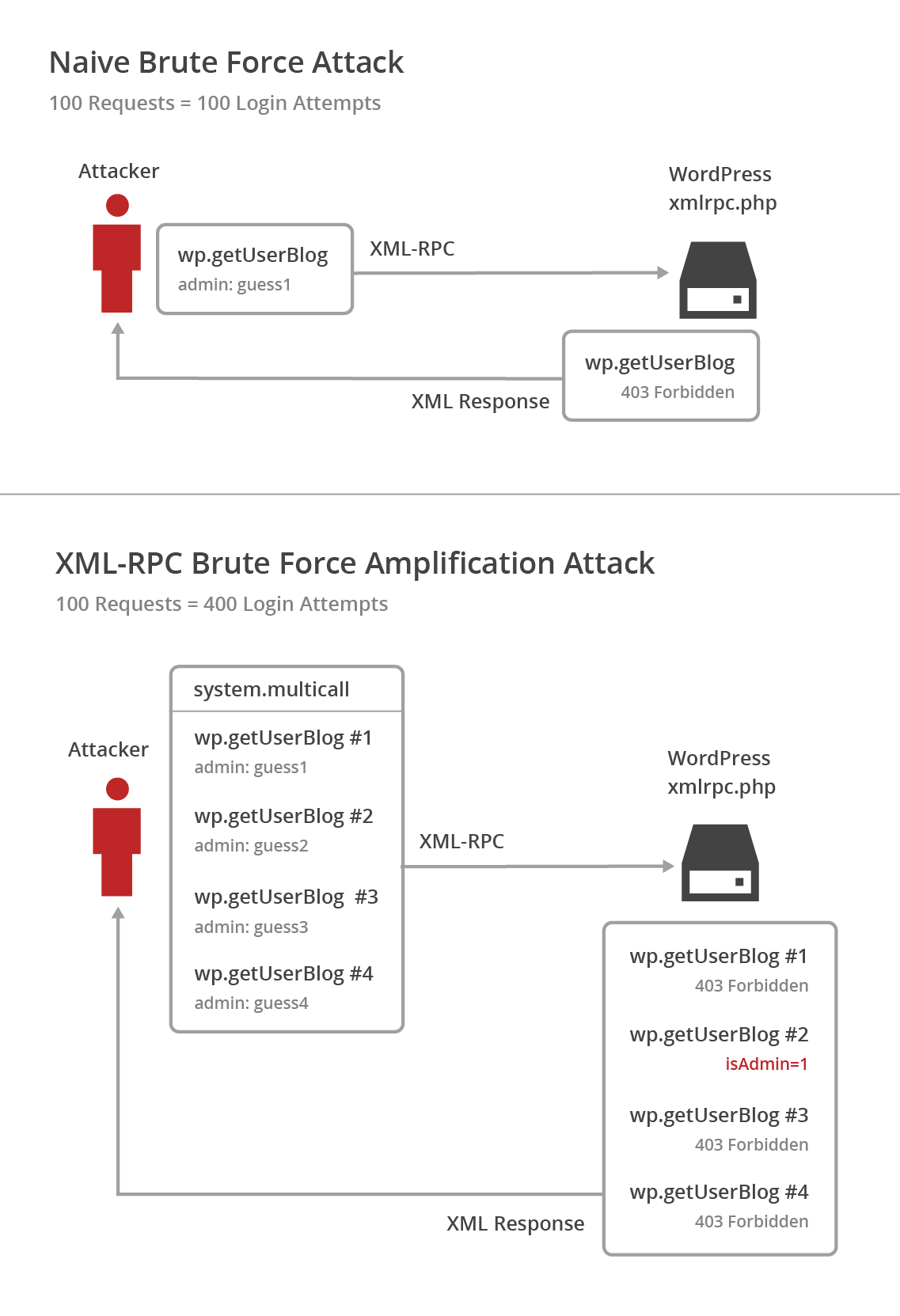PlexxiPulse—Forrester Tech Mixer Recap & A New PlexxiTube Video
Earlier this week our team was in Cambridge at the Forrester Tech Mixer. We had engaging conversations with Forrester analystsand emerging technology companies in the area. We always enjoy attending these events to hear about industry trends and innovative new technologies. It was a great time had by all!


We’ve also uploaded a new PlexxiTube video on Plexxi’s automated network. Take a look!
Below are a few of our top picks for our favorite news articles of the week. Have a great weekend.
FierceEnterpriseCommunications: Plexxi CEO: The future of networking is photonic underlays
By Chris Talbot
As he approaches his first anniversary as CEO of next-generation networking vendor Plexxi, Rich Napolitano is talking about the future of networks, and they’re not going to be focused on software-defined networking technology. SDN will play a huge role, of course, but it’s an overlay technology. Plexxi is focused on redefining the underlay, and it’s using photonic technology to do it.
Network Computing: SDN’s Northbound Interface Evolves
By Dr. Jim Metzler
Software defined networking requires both northbound and southbound interfaces to facilitate communication between physical devices, the SDN software and applications running on the network. On the southbound side, standards such as OpenFlow define Continue reading
 OpenStack debuts Liberty, ONUG announces POC for Nov. conference, new ETSI specs among this week’s news
OpenStack debuts Liberty, ONUG announces POC for Nov. conference, new ETSI specs among this week’s news Red Hat becomes more nimble with Ansible's IT automation technology.
Red Hat becomes more nimble with Ansible's IT automation technology. SDN is just the start of the journey to dynamic network services.
SDN is just the start of the journey to dynamic network services.
 Radisys and Sanctum target CSPs with a blended SDN platform.
Radisys and Sanctum target CSPs with a blended SDN platform.

 After its live presentation on how to build a real-world OpenStack NFV deployment with Layer 4-7 services, our DemoFriday presenters took questions from the audience. Read the full Q&A here!
After its live presentation on how to build a real-world OpenStack NFV deployment with Layer 4-7 services, our DemoFriday presenters took questions from the audience. Read the full Q&A here!